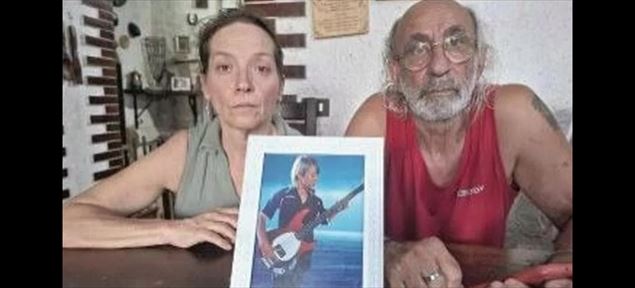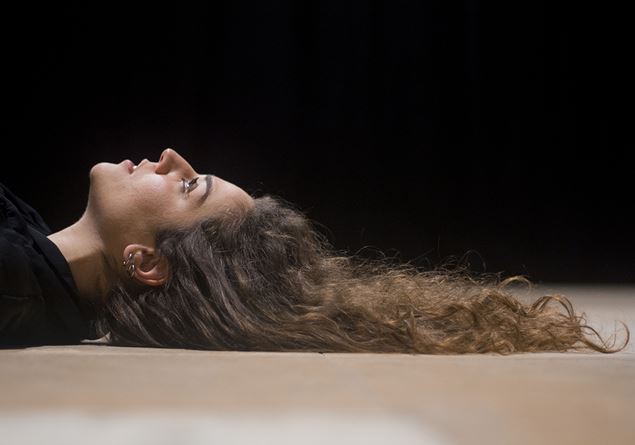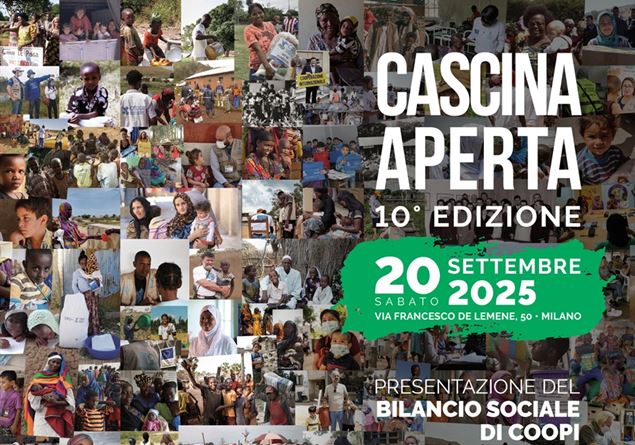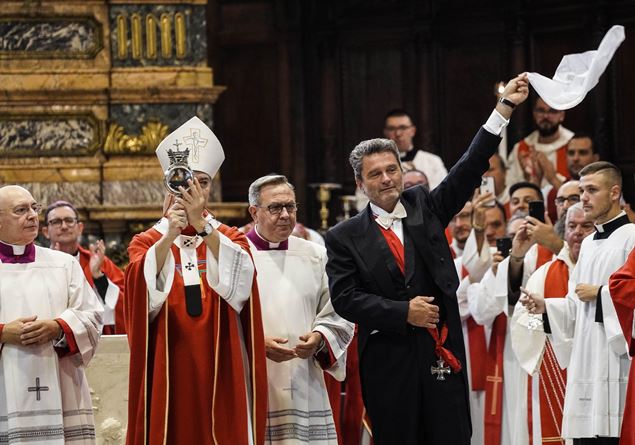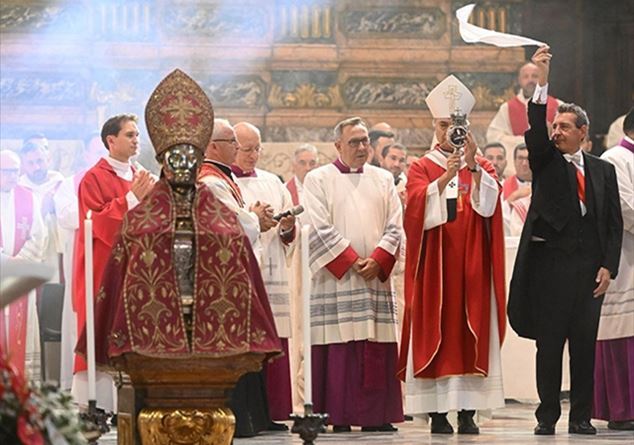“Get up and walk.” Easy to say. Yet, in the Vangel of Giovanniit is precisely with these words that Jesus calls Lazzaro to life, who has been died for four days and cried by the sisters Marta and Maria. A well -known biblical episode, which over time has become a metaphor for redemption and rebirth. But if Lazzaro had never wanted to come back to life? If he felt safe in that sepulcher? From here I start I am vertical, the monologue written and interpreted by Francesca Astrei, Young Roman actress graduated from the Silvio D’Amico Academy. Lazarus thus becomes narrative expedient to tell the depression: an astral character who, using the biblical imagination as a horizon of shared understanding, turns into a universal archetype, capable of touching intimate and hardly named ropes.
Staged in its final form on 19 July at the Festival Direction Under 30 in Gualtieri, I am vertical has collected important awards: not only the Popular jury prize under 30, But also the one assigned by Yarts, a group of young Europeans hosted by the Festival. And all this, despite a monologue of almost an hour entirely in Italian, without subtitles, however capable of overcoming any linguistic barrier.
We talked to Francesca Astrei To make us tell where this project is born and what is the urgency that generated it.
Where did he start to build the show? What was the initial urgency?
“I knew from the beginning I wanted to face this theme, what I call” to live in pain “. That condition in which one feels trapped in a state of suffering so profound that getting out of it seems even more tiring than pain itself. At the beginning I had a little confused ideas: I didn’t know if I wanted to talk about something precise or rather a wider condition. However, I was interested in exploring precisely that dimension of living the pain, which for me is declined in the depressive crisis, seen not only from the point of view of those who live it, but also of those around them. Compared to urgency, it is certainly a very hot theme. We live a historical moment in which topics that, until recently, were less recognized, are finally clearing. But often he talks about it confused, a little clumsy. Even if, finally, we start to give a name to the depression, there is still a lot of uncertainty about what it really is. Sometimes it confuses it with melancholy, others with the weight of the social pressure we live every day. And this perennial dissatisfaction, this widespread malaise, have become almost a generational flag. And often, in this narrative, depression is told as something to be stigmatized or, on the contrary, to be desecrated. I absolutely do not pretend with my work to solve and clarify, but rather to use the incredible power of the theater to tell this dimension in its most emotional, not notioned aspect, and to start from this ».
How did you structured the job?
«Once the theme has been clarified, a long phase of research and study has begun: it is the part that I love the most and that occupies more time in the creative process. I started collecting images, suggestions born from the reading of essays and testimonies. One in particular struck me: that of a person who, despite being alive, feels dead, to the point of staying in bed in the position of a body. The idea that the bed, from a place of cot and refuge, can become a tomb. These images brought me to the imagination of the figure of Lazzaro, from the Gospel of John. This condition of being recalled to get out of the sepulcher profoundly reflected what I wanted to tell: the moment when, while living a depressive crisis, you feel that from outside they recall you to life, but going out is very difficult. And those who are outside cannot understand, not by malice of course: it cannot be understood, except from a point of view internal to the story, the reason why the “Lazarus person” cannot get up. As Andrew Solomon, author of The noon demondepression cannot be explained, because it is too intimate, personal. Only those who lived it can recognize themselves through comparison with their experience. What we can do is find metaphors that make it accessible. And so I used Lazzaro not as a biblical character in the strict sense, but as a symbol, as an archetype of this condition of life-life.
It is not so much a rewriting of the Gospel but rather, as Salomon said, the search for a metaphor to tell extremely human themes ».
Did the reference to Silvia Plath arrive later?
«I had already met her texts, I have always been passionate about her. In the moment when I decided to talk about depression from several points of view, I went back to reading her diaries – a reading that I always recommend, because it is extraordinary. His being a poet of the newspaper emerges in the diaries. The epistolary exchanges with the mother are also beautiful, where the conflict between the experience of pain and the attempt to protect it or sweeten it in the relationship with those who love us is perfectly perceived. Plath has always been present during the study, as reference. I never wanted to make a show on her, because it seemed to me an too specific reference, almost excluding. But it was still very present, so much so that the title is lovingly stolen from his poetry that is called his own I am vertical. The first verse reads: “But I would like to be horizontally”. In the description of her condition, she is very carnal, physical. It always maintains a very high level of poeticity, but also returns the cruelty of this dimension ».
In his show, however, physicality is not the central key …
“Exact. The emotional impact is so vivid and clear that words become almost one more, rational understanding goes into the background. On the scene I remain practically stopped for 55 minutes. I just speak. I delegate everything to the power of the word, but the body is there, it is alive, it is present ».
What was the reception of the public so far and as if it imagined it?
«I really didn’t know what to expect from the public. It came easier for me to think in the negative: “We hope that nobody feels offended, that he does not pass the idea that I want to make a parody of a sacred text, that someone who lived it does not feel represented”. The initial intent was in fact to put on stage various points of view and bring out the idea that there is no right or wrong perspective, that someone is more victim than others. All the characters have their own reasons. Everyone has their own point of view to cross. It is a job that I really care about, so seeing these first findings encourages me. Even beyond the prize, the fact of talking to people after the show, of hearing me and telling certain things, makes me say: ok, now let’s make this thing grows, let’s not let ourselves be blocked by the paranoia “. This is an inevitable part in the work, especially when there is an authorial as well as an actor component”.


